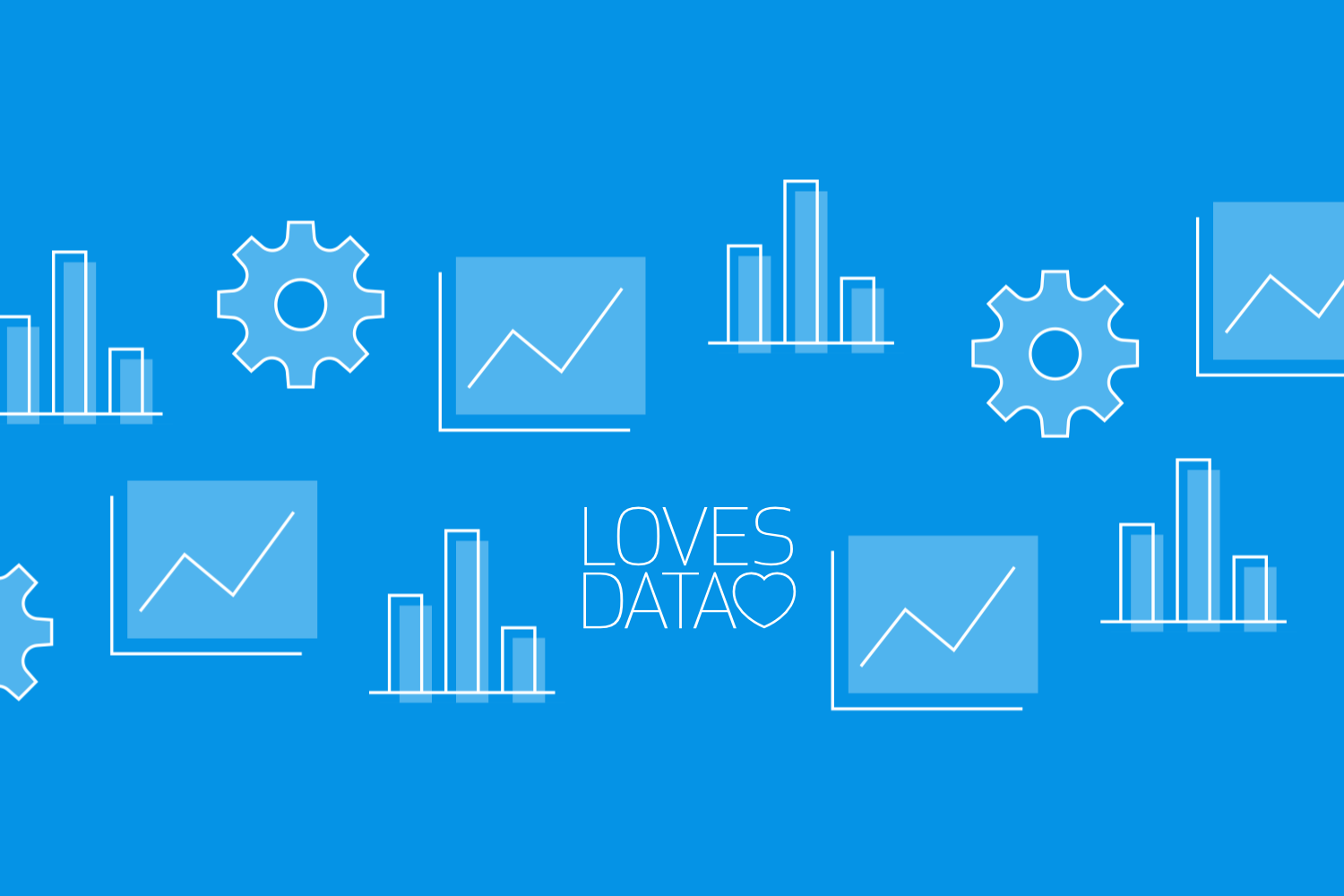Maximize ROI with Google Ads
Loves Data
Maximizing your return on investment (ROI) with Google Ads can seem daunting, but with the right strategies, it's achievable. Google Ads is a powerful tool that helps you reach potential customers at the exact moment they're searching for your products or services. Knowing how to use this tool effectively will help you get the most out of your advertising budget.
First, setting clear goals for your campaign is crucial. Without clear objectives, it's hard to measure success or optimize your ads. Whether you want to increase website traffic, generate more leads, or boost sales, knowing your goals helps guide your campaign.
Next, creating high-quality ad content is key. Your ads need to grab attention and appeal to your target audience. Well-written, engaging ads can lead to higher click-through rates and conversions.
Using advanced targeting options can further enhance your campaigns. Google Ads allows you to target specific demographics, locations, and even times of day. By narrowing your focus, you can make sure your ads reach the people most likely to convert.
Finally, analyzing and optimizing your Google Ads performance is an ongoing process. Regularly reviewing your campaigns allows you to see what's working and what isn't, helping you make necessary adjustments to improve your ROI.
Setting Clear Goals for Your Google Ads Campaign
Setting clear goals for your Google Ads campaign is the first step toward maximizing your ROI. Clear goals provide direction and make it easier to measure success. Start by determining what you want to achieve with your ads. Common goals include increasing website traffic, generating leads, and boosting sales.
Once you have your goals in mind, make them specific and measurable. For example, instead of saying "I want more website visitors," aim for "I want 500 new visitors per month." This makes it easier to track progress and make adjustments if needed.
It’s also important to set a budget that aligns with your goals. Decide how much you're willing to spend on your campaigns and how much each goal is worth. This helps ensure you're not overspending while still aiming for significant results.
Monitoring your goals regularly is essential. Use conversion tracking in Google Ads to monitor your progress. Regularly review your data to see if you’re on track or if adjustments are needed. Setting clear, specific, and measurable goals enables you to focus your efforts and make the most of your ad spend.
Watch our conversion tracking tutorial to walkthrough the steps:
Creating High-Quality Ad Content
Creating high-quality ad content is crucial for capturing attention and driving conversions. Your ad content needs to be clear, engaging, and relevant to your target audience. Start by crafting a strong headline. Your headline should grab attention and clearly convey the main benefit or message of your ad.
Next, focus on your ad copy. Use simple, direct language that speaks to your audience's needs or pain points. Highlight the benefits of your product or service and include a clear call to action (CTA). For instance, phrases like "Get started now" or "Learn more today" encourage users to take immediate action.
Also consider using high-quality images or videos. This is especially important if you’re running a Performance Max campaign in Google Ads. Visual elements can significantly enhance your ad's appeal and effectiveness. Make sure your visuals are relevant to your message and professionally designed.
Assets (previously called ‘ad extensions’) are another way to boost the quality of your ads. Use site link assets, call assests, or location assests to provide additional information and improve your ad's performance. Assets make your ads more informative and clickable, which can lead to higher engagement rates.
By focusing on strong headlines, engaging copy, effective visuals, and assets, you can create high-quality ad content that resonates with your audience and drives better results.
Using Advanced Targeting Options
Using advanced targeting options in Google Ads can significantly enhance your campaign's effectiveness. These options allow you to target specific audiences, ensuring your ads reach the right people at the right time.
One powerful targeting tool is demographic targeting. With this, you can focus on users based on age, gender, parental status, and household income. This helps you tailor your ads to those who are most likely to be interested in your products or services.
Another useful feature is location targeting. You can narrow your audience to specific countries, regions, or even zip codes. This ensures your ads are shown only to people in areas where you can deliver your services. For brick-and-mortar businesses, location targeting is invaluable.
Ad scheduling lets you display your ads during specific hours or days of the week. If you know when your target audience is most active, this option can help you get the best results from your ad spend.
Lastly, consider using remarketing. Remarketing targets users who have previously visited your website. These users are more likely to convert, as they are already familiar with your brand. Setting up remarketing lists can boost your ROI by bringing back potential customers who need a little nudge to complete their purchase.
Watch our remarketing tutorial to learn how to get started:
Analyzing and Optimizing Your Google Ads Performance
Analyzing and optimizing your Google Ads performance is key to maximizing your campaign's ROI. Regularly reviewing your ad data helps you understand what works and what doesn’t, allowing you to make necessary adjustments.
Start by checking key metrics such as click-through rate (CTR), conversion rate, and cost per conversion. High CTR indicates your ads are appealing and relevant to users. A good conversion rate shows that your landing page and offer are effective. Monitoring cost per conversion helps ensure your spending is efficient.
Use A/B testing to compare different versions of your ads. Test variations in headlines, ad copy, and visuals to see what resonates best with your audience. Implementing the winning versions can improve your overall performance.
Quality Score is another important factor. Google assigns a Quality Score based on the relevance of your ads and landing pages, expected CTR, and ad extensions. Higher Quality Scores can lower your cost per click and improve ad placements. Focus on improving your Quality Score by ensuring your keywords, ad copy, and landing page content align well.
Finally, use Google Analytics to gain deeper insights. It helps you track user behavior on your website after they click on your ads. Understanding this behavior can provide ideas for further optimization, such as improving your landing pages or adjusting your ad targeting.
By consistently monitoring and optimizing these aspects, you can improve your Google Ads performance and achieve better ROI.
Conclusion
Maximizing ROI with Google Ads requires clear goals, high-quality ad content, advanced targeting, and continuous optimization. Start by defining specific, measurable objectives for your campaigns. Craft engaging and relevant ads that attract and convert your target audience. Utilize Google’s advanced targeting features to ensure your ads reach the right people. Continuously analyze your performance data and make necessary adjustments to improve your results.
Implementing these strategies helps you get the most out of your Google Ads budget. As you refine your approach, you'll see better engagement, higher conversions, and improved ROI. The key is to stay proactive, regularly review your campaigns, and adapt to changes in user behavior and market trends.
If you're looking to deepen your understanding of Google Ads and enhance your skills, check out the courses offered by Loves Data. Our expert-led Google Ads training can help you optimize your ad campaigns and achieve outstanding results. Take the next step in your digital marketing journey!




Comments